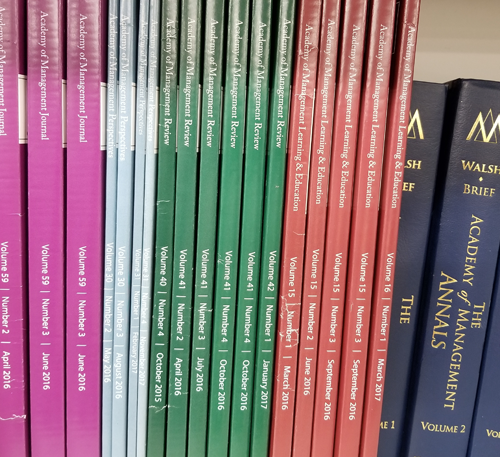
Author and Reviewer Resources
Publishing with Academy of Management (AOM) holds benefits for both the researcher and his/her institution. It is through publication that the research, including its scientific and practical contributions, is disseminated to others within the management field. Publishing within an AOM journal makes researchers and practitioners with similar interests aware of new knowledge in their field and helps to advance knowledge and its application. Publishing with AOM also demonstrates expertise in the management field and an ability to conduct grounded research. The published AOM research also reflects highly on the academic institution(s) affiliated with the author(s).
Author Resources

All AOM journals have detailed workflows ensuring submissions go through numerous checks to substantiate they meet AOM ethical and procedural guidelines throughout the submission and acceptance timeline. Each AOM journal has its own specific set of submission guidelines, codes of conduct policies and article formatting templates, which must be strictly adhered to throughout the publishing process.
Reviewer Resources

Whether you’re new to reviewing or a seasoned scholar, Academy of Management (AOM) Reviewer Resources provide the guidance you need to conduct high-quality, developmental peer reviews.